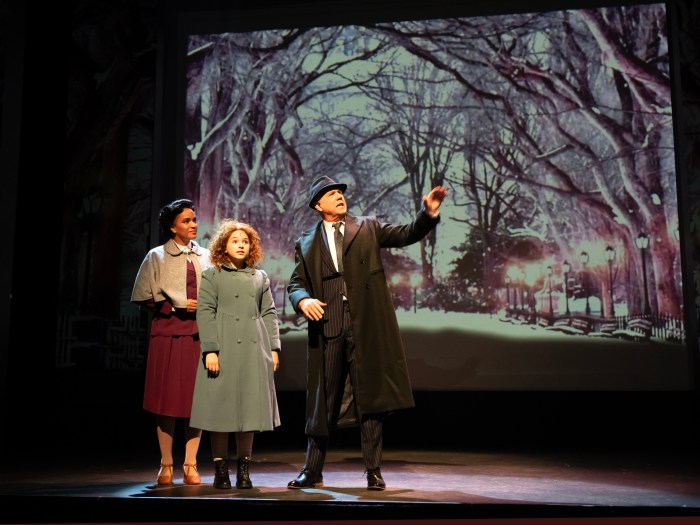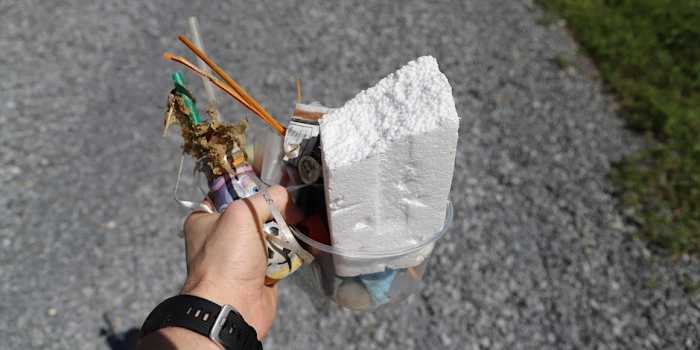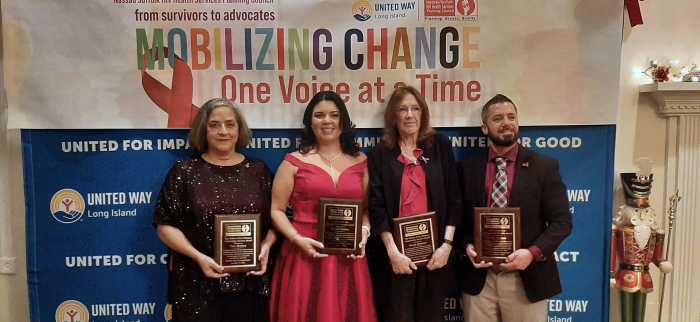This Week’s Anton Lesson Plan
Regardless of how much technology may change the way the world communicates, writing is always the baseline in which we communicate whether it’s through an email, tweet, text or a letter that’s being composed on paper. Writing is also a crucial component that comes into play regardless of the subject you’re studying—English, science, math or history.
Beyond the basic grammatical building blocks that involve punctuation, active versus passive voice and stringing together words into sentences which are then strung into paragraphs, writing also involves not only conveying your message across in a legible flow, but being adept at reading comprehension to understand what’s being asked of you in an assignment.
The following are exercises students can do to become better writers while using different approaches to their craft.
• Listen to the teacher read the information describing a picture
in the newspaper and then tell the who, what, when, where, why and how.
• Look through the newspaper and cut out words that describe you. Paste them on a silhouette of yourself. How are the words you chose like those of other students in the class? How are they different?
• Find as many synonyms for the word “said” as you can. Make a
list of them. Do the same thing on the sports page looking for synonyms for “won” and “lost.”


































